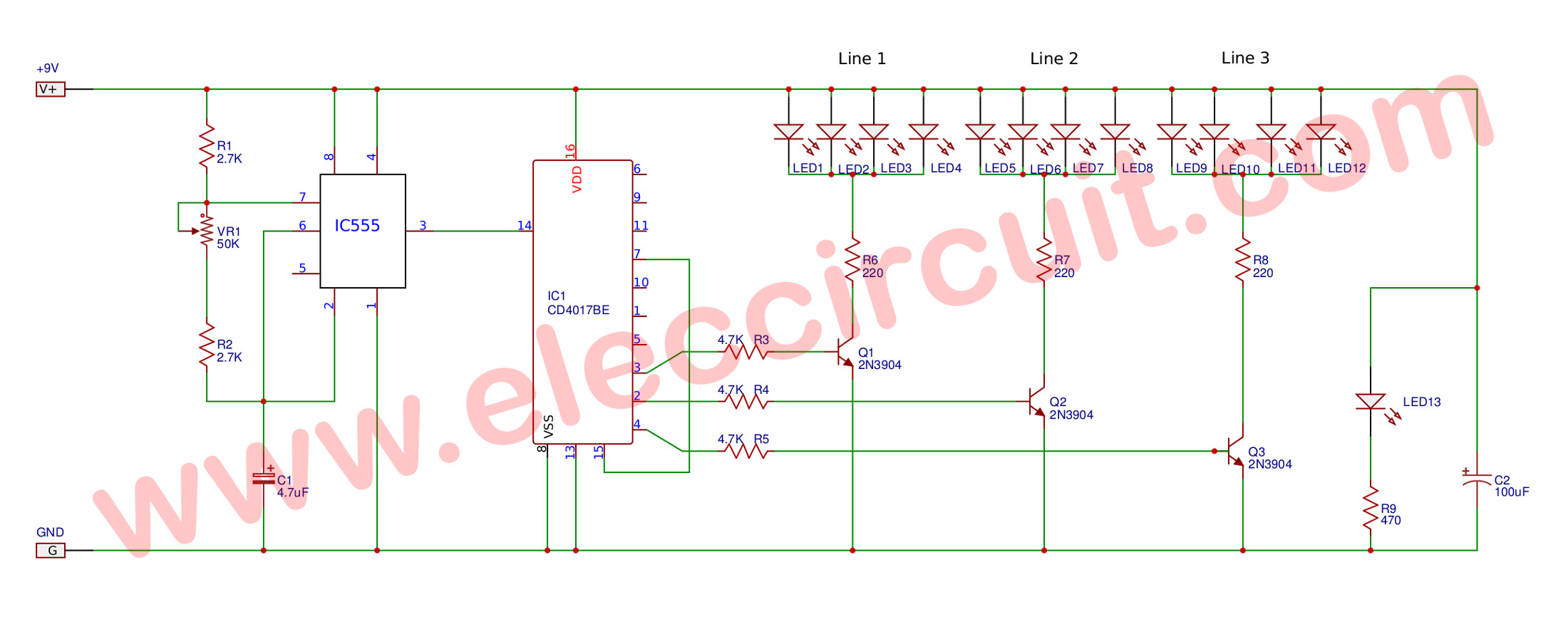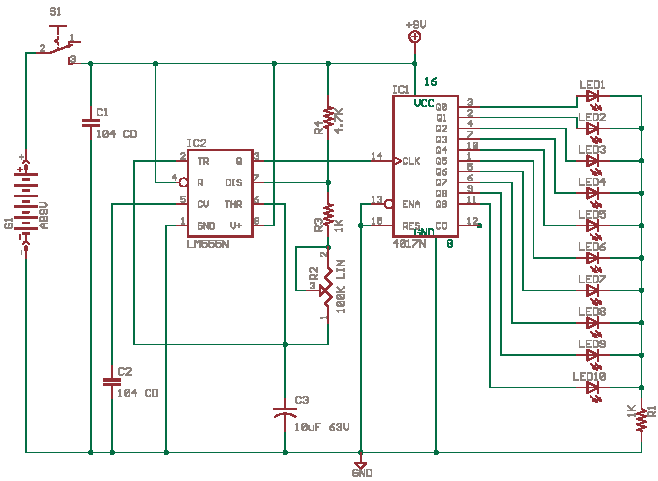Well, OK, let's get the discrete logic approach working then.
Common anode displays are going to make it slightly more complicated, but it shouldn't be the end of the world. It simply means that all the positive ends of the LEDs are connected together, and you need to control the display by connecting its negative ends to ground. You can do this using inverter chips on the output of your existing logic circuitry, although you could also just reverse the sense of your "up" and "down" buttons and flip the display over to get the same result.
The way to prototype this sort of thing is to do it block by block and test each part works before you move on. For instance, if you used the 4510 BCD counter, you could put four LEDs on its outputs (with suitable series resistors) and watch it count in binary, to ensure you'd got that bit right. I don't know what you've bought, but you might want to try that in the first instance. Then you can add the other parts.
The only thing that confuses me is the constant reference to 555 oscillators in this thread. The 555 is a timing device that's very often used in situations where you want a running sequence of lights. I suspect a lot of real Star Trek hand props used exactly the sort of 555/4017 combinations that are being proposed here - the tricorders, etc - if they didn't do it with micros.
The thing is, you don't want a constant running sequence, you want a sequence that steps up or down when you press a button. That being the case, you don't need something that has a 555 in it. Just connecting a pushutton (via suitable
debouncing circuitry) to the clock input of the 4017 will make it step up once every time you hit the button, which is sort of half of what you probably want. As we discussed before, there are imperfections with this simple approach. It won't count down, it'll only light one LED at once, and when you reach the top end it'll cycle around back to zero again. But that's sort of partly what you're after - and it doesn't need a 555 oscillator section.
You could theoretically build a 555 one-shot, but you might as well just connect it directly to the pushbutton. There wouldn't be a lot of point, other than perhaps as a really overcomplicated approach to debouncing.
What ICs do you have at hand?
HF
PS - Something else that strikes me is that many digital logic ICs aren't going to have the grunt to control, say, ten LEDs all at once. That's a not-insignificant amount of current. If things start getting hot, we may need to address this. Be aware.



